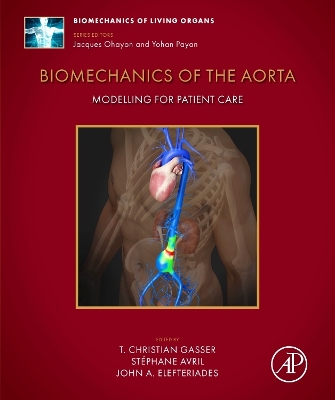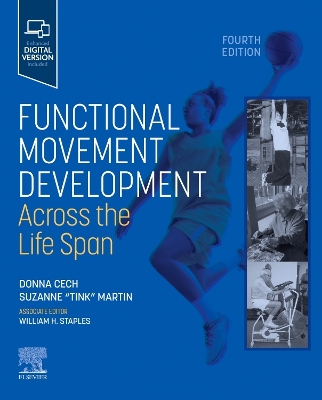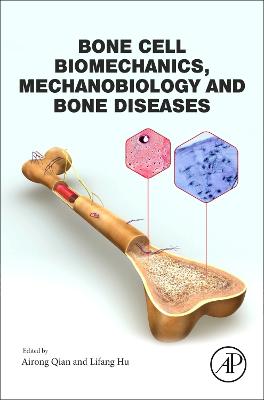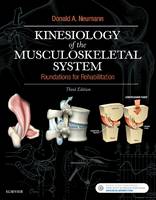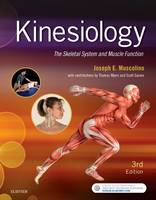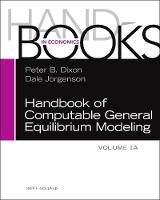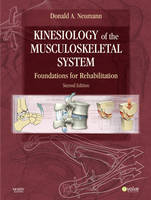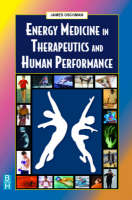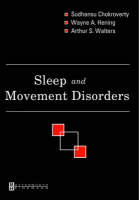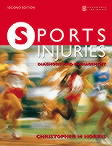Reduced Order Models for the Biomechanics of Living Organs
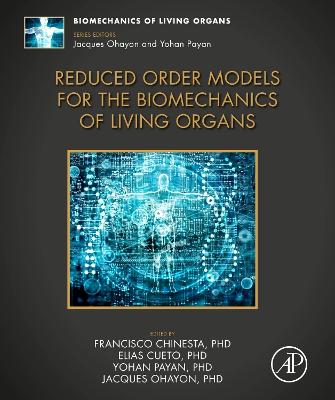 -10%
portes grátis
-10%
portes grátis
Reduced Order Models for the Biomechanics of Living Organs
Payan, Yohan; Cueto, Elias; Ohayon, Jacques; Chinesta, Francisco
Elsevier Science & Technology
05/2023
492
Dura
Inglês
9780323899673
15 a 20 dias
Part 2: Applications to Computational Fluid Biomechanics 8. Fast and accurate numerical simulations for the study of coronary artery bypass grafts by artificial neural network 9. Reduced Order Models for Fluid inside Aneurysms using Proper Orthogonal Decomposition 10. Isogeometric Hierarchical Model Reduction for advection-diffusion process simulation in microchannels 11. Fast closed-loop CFD model for patient-specific aortic dissection management 12. Reduced order modelling for direct and inverse problems in haemodynamics
Part 3: Applications to Computational Solid Biomechanics and living tissues 13. Model Order Reduction of a 3D biome-chanical tongue model: a necessary step for quantitative evaluation of models of speech motor control and planning 14. Deep learning contributions for reducing the complexity of prostate biomechanical models 15. Reduced Mechanical model of trunk-lumbar belt interaction for design-oriented in-silico clinical trials 16. ROM-based patient-specific structural analysis of vertebrae affected by metastasis 17. Reduced Order Models for Prediction of Successful Course of Vaginal Delivery 18. Modeling and simulation of a realistic knee joint using biphasic materials by the means of the proper generalized decomposition 19. Comparison of three machine learning methods to estimate myocardial stiffness
Part 4: Applications to Biomechanical Electrophysiology, Image processing and Surgical protocols 20. Real-time numerical prediction of strain localization using dictionary-based ROM-nets for sitting-acquired deep tissue injury prevention 21. Reduced order modeling of the cardiac function across the scales 22. Surgery simulators based on model order reduction
Part 2: Applications to Computational Fluid Biomechanics 8. Fast and accurate numerical simulations for the study of coronary artery bypass grafts by artificial neural network 9. Reduced Order Models for Fluid inside Aneurysms using Proper Orthogonal Decomposition 10. Isogeometric Hierarchical Model Reduction for advection-diffusion process simulation in microchannels 11. Fast closed-loop CFD model for patient-specific aortic dissection management 12. Reduced order modelling for direct and inverse problems in haemodynamics
Part 3: Applications to Computational Solid Biomechanics and living tissues 13. Model Order Reduction of a 3D biome-chanical tongue model: a necessary step for quantitative evaluation of models of speech motor control and planning 14. Deep learning contributions for reducing the complexity of prostate biomechanical models 15. Reduced Mechanical model of trunk-lumbar belt interaction for design-oriented in-silico clinical trials 16. ROM-based patient-specific structural analysis of vertebrae affected by metastasis 17. Reduced Order Models for Prediction of Successful Course of Vaginal Delivery 18. Modeling and simulation of a realistic knee joint using biphasic materials by the means of the proper generalized decomposition 19. Comparison of three machine learning methods to estimate myocardial stiffness
Part 4: Applications to Biomechanical Electrophysiology, Image processing and Surgical protocols 20. Real-time numerical prediction of strain localization using dictionary-based ROM-nets for sitting-acquired deep tissue injury prevention 21. Reduced order modeling of the cardiac function across the scales 22. Surgery simulators based on model order reduction

